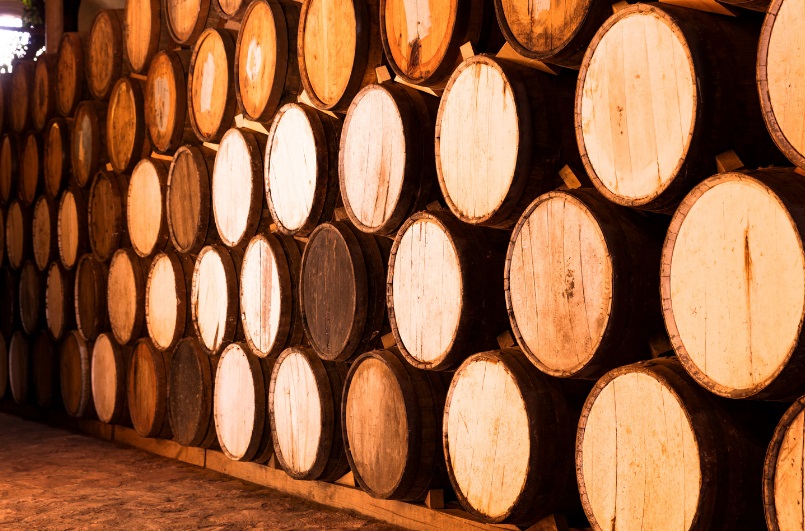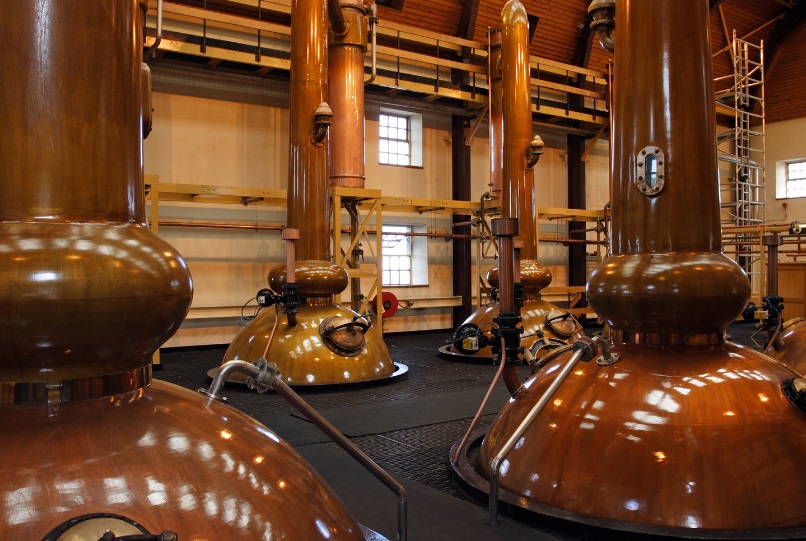Whisky Tours Scotland
Whisky tours in Scotland are an immersive experience for travelers, whisking visitors through scenic landscapes, historic distilleries, and the rich, smoky aromas of some of the world’s finest whisky. Scotland’s whisky regions are as varied as the expressions produced, from the peaty drams of Islay to the delicate notes of the Lowlands. For whisky lovers and curious travelers alike, Scotland’s whisky trails promise an adventure steeped in tradition, craftsmanship, and a taste of Scottish culture.
1. An Overview of Scotland’s Whisky Regions
Scotland is divided into five primary whisky-producing regions, each imparting unique characteristics to its whisky:
- Highlands: Known for robust and complex whiskies with a balance of flavors.
- Lowlands: Known for gentle, light, and often floral drams.
- Speyside: Home to the largest number of distilleries, producing fruit-forward, smooth whiskies.
- Islay: Famous for its smoky, peaty whiskies.
- Campbeltown: Once a bustling whisky region, it’s now home to a few distilleries producing unique, briny flavors.
Each region’s geography, climate, and traditional methods contribute to distinctive profiles, making Scotland a true paradise for whisky enthusiasts seeking variety and depth in their tasting experiences.

2. Top Distilleries to Visit on a Whisky Tour
With over 130 distilleries scattered across the country, choosing where to go can be challenging, but certain distilleries stand out for their history, influence, and popularity among visitors.
- Glenfiddich Distillery, Speyside: One of the few family-owned distilleries left in Scotland, Glenfiddich offers a tour showcasing its journey from a small enterprise to one of the world’s most famous whisky brands. Visitors can tour the production facilities and taste aged whiskies, including special releases.
- Lagavulin Distillery, Islay: Known for its powerful, peaty whiskies, Lagavulin gives insight into the art of peat smoking. The tasting experience here is intense, capturing the essence of Islay’s rugged coastline and the island’s commitment to traditional methods.
- The Macallan, Speyside: A luxury whisky producer, The Macallan is famous for its sherry-cask-matured expressions. The Macallan’s state-of-the-art visitor center provides an architectural marvel, blending the old and the new in both the building and the tasting experience.
- Oban Distillery, Highlands: Oban is one of the oldest distilleries in Scotland, producing a well-balanced whisky that reflects the coastal nature of its surroundings. The tour is intimate, taking you through the small yet efficient setup of this iconic Highland distillery.
- Glenkinchie Distillery, Lowlands: Known for its floral, lighter whiskies, Glenkinchie offers a tour that includes a small museum and a beautiful setting near Edinburgh, making it an excellent start or end to any tour through Scotland’s whisky regions.
3. Types of Tours and Tasting Experiences
Whisky tours in Scotland range from basic tastings to extensive multi-day experiences, offering something for both beginners and seasoned whisky enthusiasts.
- Standard Tours: Most distilleries offer a guided tour of the production process, from malting to distillation, followed by a tasting session. These tours typically last about an hour and provide a well-rounded introduction.
- Masterclasses: Many distilleries offer in-depth masterclasses, ideal for those wanting to learn about the complexities of whisky production. These classes often include tasting flights of rare or older whiskies, led by an experienced guide who can explain the nuances of each dram.
- Blending Sessions: A unique experience where visitors can blend their own whisky, often under the guidance of a master blender. Distilleries like Glengoyne and Auchentoshan offer sessions where guests create a personalized blend, which they can bottle and take home.
- Regional Whisky Tours: Several companies offer multi-day tours through whisky regions, taking groups to multiple distilleries while exploring the local culture and landscapes. These tours often include accommodation, transport, and meals, allowing visitors to fully immerse themselves in each region’s whisky heritage without worrying about logistics.
4. The Whisky-Making Process
Understanding whisky production is central to appreciating the spirit, and distillery tours provide a firsthand look at the craft. The process begins with malting, where barley is soaked, dried, and ground into grist. This grist is then mashed with hot water to extract sugars, which are fermented to produce alcohol. The liquid is distilled, often twice or more, in copper pot stills before being matured in wooden casks.
The maturation process greatly impacts the whisky’s final character, with distilleries using various cask types to introduce flavors. Ex-bourbon and sherry casks are common, but innovative distilleries also experiment with wine, port, and rum casks, each imparting distinct notes. Aging in Scotland’s cool, damp climate further influences the whisky, creating a depth and smoothness that are trademarks of Scottish whisky.
5. Cultural Insights and the Art of Whisky Tasting
Whisky is deeply woven into Scotland’s cultural fabric, with each distillery and region sharing its unique story. Tours often include anecdotes about the distillery’s founders, historical struggles, and tales of smuggling during the days when whisky was heavily taxed.
A good tour guide also introduces visitors to the art of whisky tasting. Whisky tasting is an experience that involves all the senses. Participants are encouraged to observe the color of the whisky, inhale its aromas, take a small sip, and let it linger on the palate to detect flavors. Each whisky offers layers of complexity, with notes ranging from fruity and floral to smoky, briny, or even spicy.
6. Planning Your Whisky Tour: Tips for an Ideal Experience
- Choose Your Season: Scotland’s whisky tours are popular year-round, but summer offers milder weather and longer days, making travel between distilleries more pleasant. However, the winter season can bring a quieter, more intimate atmosphere to the tours, with smaller groups and fewer crowds.
- Arrange Transportation: Many of Scotland’s distilleries are in remote locations, so planning transportation is essential. There are options to book guided tours with transportation included, or visitors can drive themselves. However, as whisky tasting involves alcohol, arranging a designated driver or opting for organized tours is often advisable.
- Plan Ahead for Popular Distilleries: Some distilleries, like The Macallan and Glenfiddich, require advance bookings, especially during peak tourist seasons. Booking ahead ensures a spot and sometimes offers early bird discounts.
- Embrace the Local Culture: Beyond whisky, Scotland’s regions are brimming with cultural and natural attractions. Incorporate stops at historical castles, charming villages, and scenic landscapes to make the trip even more memorable.
7. Why Whisky Tours are More Than Just Tasting
While the tastings are a highlight, whisky tours in Scotland provide a unique window into Scottish history, geography, and tradition. Each distillery has a story and a distinctive way of doing things, giving visitors insight into how small changes in ingredients, methods, or location impact the spirit.
In Scotland, whisky isn’t just a drink; it’s a reflection of the land, the people, and their dedication to craftsmanship. Whether you’re a whisky connoisseur or a curious traveler, Scotland’s whisky tours promise an enriching experience that combines education, adventure, and a true taste of Scotland’s spirit.

